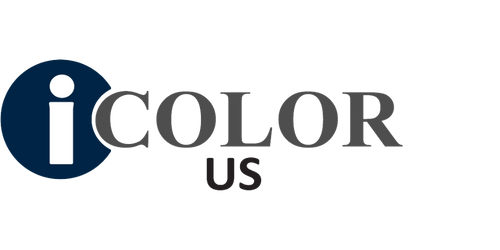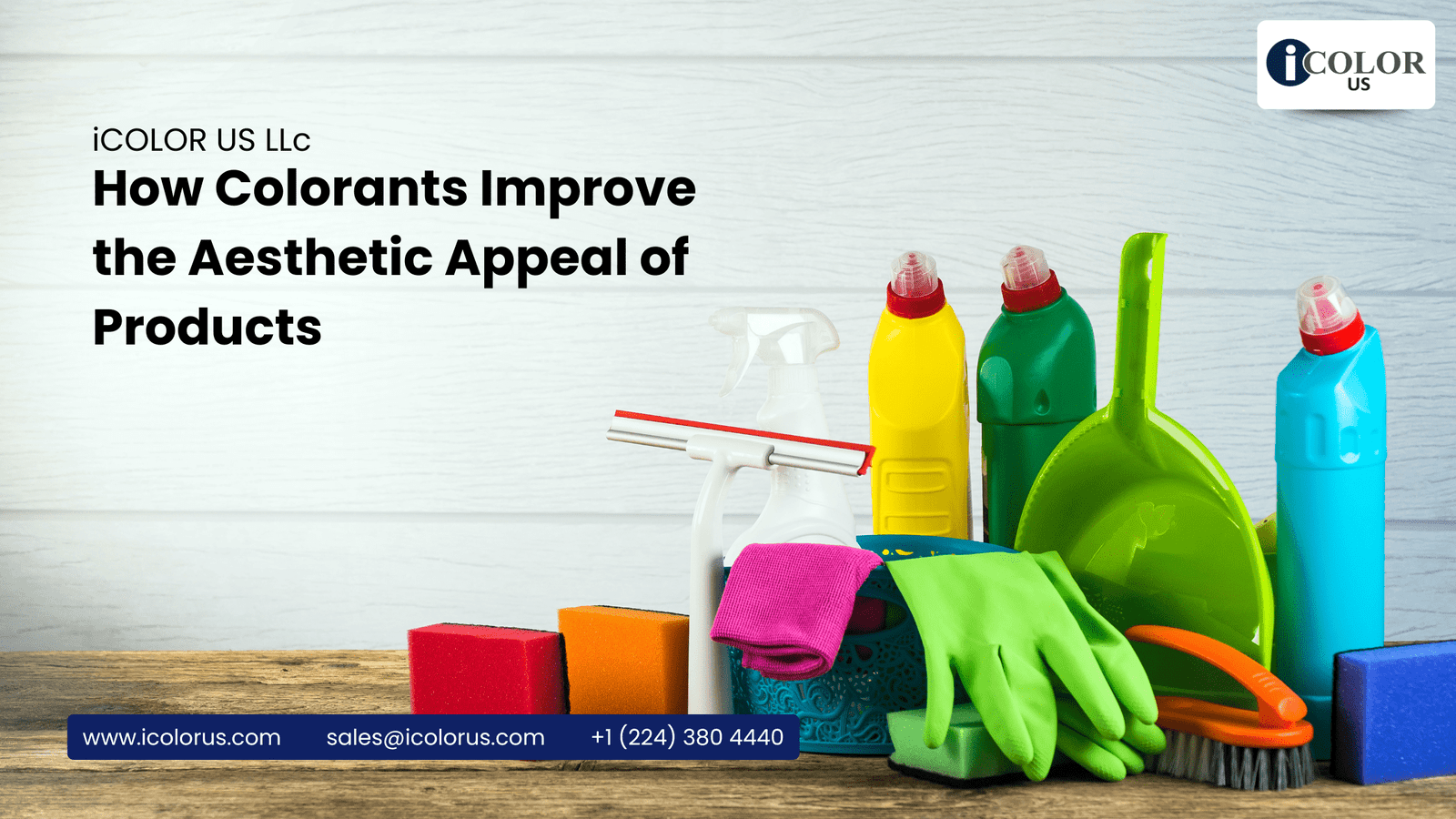How Colorants Improve the Aesthetic Appeal of Products
In today’s competitive market, the visual appeal of products plays a crucial role in attracting and retaining customers. A significant aspect of this appeal is the color of the product. Colorants, which include dyes and pigments, are essential components used to impart specific colors to a wide range of products. From textiles and plastics to cosmetics and food items, colorants enhance the aesthetic value and marketability of products. This article explores the various ways colorants improve the aesthetic appeal of products, backed by industry statistics and expert insights.
The Science Behind Colorants
Colorants are substances that impart color to materials. They are broadly classified into dyes and pigments. Dyes are soluble in the medium in which they are applied, while pigments are insoluble and require a binder to adhere to the substrate. The choice between dyes and pigments depends on the desired effect, application method, and material to be colored.
- Dyes: Typically used in textiles, inks, and some plastics, dyes dissolve in their application medium, resulting in vibrant and uniform color distribution.
- Pigments: Used in paints, coatings, plastics, and cosmetics, pigments provide opacity and excellent lightfastness, making them suitable for a variety of applications.
Enhancing Product Aesthetics with Colorants
- Textiles and Apparel: The textile industry heavily relies on colorants to create appealing fabrics and garments. Consumers often base their purchasing decisions on the color of clothing. According to a study by the University of Manchester, 62% of women and 45% of men indicated that color is a primary consideration when buying clothes. Advanced dyeing techniques and colorants allow for a wide palette of colors, patterns, and finishes, catering to diverse fashion trends and consumer preferences.
- Plastics and Polymers: In the plastics industry, colorants are used to differentiate products and add visual appeal. Pigments and dyes are incorporated into plastic resins to produce items ranging from household goods to automotive parts. A report by Grand View Research highlights that the global plastic colorants market size was valued at USD 5.1 billion in 2020, driven by demand for vibrant and durable colored plastics.
- Cosmetics: Colorants are critical in the cosmetics industry, where the visual appeal of products such as lipsticks, eyeshadows, and nail polishes is paramount. The global cosmetic pigments market is expected to reach USD 11.57 billion by 2027, according to Allied Market Research. Consumers are drawn to products with rich, attractive colors that enhance their appearance, demonstrating the significant role of colorants in this sector.
- Food and Beverages: In the food industry, colorants are used to enhance the visual appeal of products, making them more appetizing. Natural and synthetic food colorants help in achieving the desired hue in products such as candies, beverages, and baked goods. Research by Market Data Forecast indicates that the global food colorants market is projected to grow at a CAGR of 5.77% from 2021 to 2026, reflecting the ongoing demand for visually appealing food products.
- Pharmaceuticals: The pharmaceutical industry uses colorants to improve the appearance of medications and to differentiate between different doses or types of drugs. Colorants help in patient compliance by making pills more visually appealing and easier to identify.
The Psychological Impact of Colors
Colors have a profound psychological impact on consumers, influencing their perceptions and behaviors. Different colors evoke different emotions and associations, which can be strategically used in product design to target specific consumer responses.
- Red: Often associated with energy, passion, and urgency, red is used to grab attention and stimulate appetite, making it popular in food packaging and fast food branding.
- Blue: Conveys trust, calmness, and professionalism, making it a preferred choice for corporate branding and healthcare products.
- Green: Symbolizes nature, health, and tranquility. It is commonly used in products related to wellness, environmental friendliness, and organic goods.
- Yellow: Represents happiness, optimism, and warmth. It is effective in attracting attention and is often used in children’s products and marketing materials.
- Black: Denotes luxury, sophistication, and power. Black is used in high-end products, fashion items, and electronics to create a premium feel.
Understanding the psychological impact of colors allows brands to use colorants strategically, enhancing the aesthetic appeal and emotional connection of their products with consumers.
Advances in Colorant Technology
The colorant industry is continuously evolving, with advancements in technology leading to new and improved colorants that offer better performance and environmental benefits.
- Eco-friendly Colorants: With increasing environmental concerns, there is a growing demand for eco-friendly and sustainable colorants. Natural dyes and pigments derived from plants, minerals, and other renewable sources are becoming popular. Additionally, advancements in synthetic colorants have led to the development of more environmentally friendly options with lower toxicity and improved biodegradability.
- High-Performance Pigments: Innovations in pigment technology have resulted in high-performance pigments that offer superior color strength, lightfastness, and heat stability. These pigments are used in demanding applications such as automotive coatings, high-end plastics, and outdoor products.
- Smart Colorants: Smart colorants are designed to respond to external stimuli such as temperature, light, or pH changes. Thermochromic and photochromic colorants change color in response to temperature and light, respectively, and are used in novelty items, packaging, and security features.
- Nanotechnology: The application of nanotechnology in colorants has led to the development of nano-pigments and dyes with enhanced properties. These colorants offer improved dispersion, transparency, and color intensity, making them suitable for high-definition printing, electronics, and advanced coatings.
Regulatory Considerations and Safety
The use of colorants in products is subject to regulatory guidelines to ensure safety and compliance. Regulatory bodies such as the FDA, EU REACH, and others set standards for the permissible levels and types of colorants that can be used in various applications. Manufacturers must ensure that their colorants meet these regulatory requirements to avoid potential health risks and legal issues.
- FDA (Food and Drug Administration): In the United States, the FDA regulates color additives used in food, drugs, cosmetics, and medical devices. Colorants must be approved by the FDA and listed in the Code of Federal Regulations (CFR).
- EU REACH (Registration, Evaluation, Authorisation, and Restriction of Chemicals): In the European Union, REACH regulates the use of chemical substances, including colorants, to protect human health and the environment.
Ensuring regulatory compliance not only guarantees safety but also builds consumer trust and enhances the brand’s reputation.
Conclusion
Colorants play a pivotal role in enhancing the aesthetic appeal of products across various industries. By providing vibrant and diverse color options, colorants help products stand out in the market, attract consumers, and influence their purchasing decisions. Advances in colorant technology, coupled with an understanding of the psychological impact of colors, allow manufacturers to create visually appealing and emotionally resonant products. As the demand for eco-friendly and high-performance colorants continues to grow, the industry is poised for further innovation and development.





